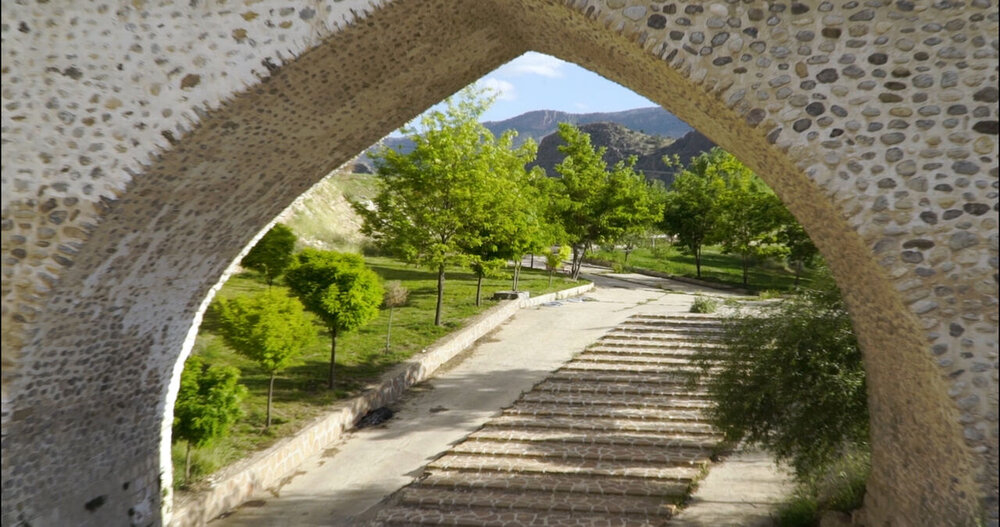Safavid-era bridge in western Iran reinforced, repaired

TEHRAN – A centuries-old arch bridge in Khorramabad, the capital of western Lorestan province, has undergone some rehabilitation works, the provincial tourism chief has said.
Parts of the Safavid-era (1501-1736) bridge were damaged by the constant moisture and water penetration, which have recently been repaired and strengthened, Seyyed Amin Qasemi announced on Saturday.
Water leaking from a section of water and sewage pipes caused significant damage to the body of the bridge, according to investigations, the official added.
The project was carried out by the province’s Cultural Heritage, Tourism and Handicrafts Department in collaboration with Khorramabad Municipality and the city’s Water and Sewerage Department, he noted.
With an overall length of more than 350 meters and a width of 5.8 meters, the bridge is constructed of lime and gypsum mortar on a brick base. The construction of this bridge is very similar to that of the historical Khaju Bridge in the city of Isfahan.
The structure was inscribed on the national heritage list in 1999.
Lorestan, which is a region of raw beauty, was inhabited by Iranian Indo-European peoples, including the Medes, c. 1000 BC. Cimmerians and Scythians intermittently ruled the region from about 700 to 625 BC.
The Luristan Bronzes noted for their eclectic array of Assyrian, Babylonian, and Iranian artistic motifs, date from this turbulent period. Lorestan was incorporated into the growing Achaemenid Empire in about 540 BC and successively was part of the Seleucid, Parthian, and Sassanid dynasties.
ABU/AFM
Leave a Comment